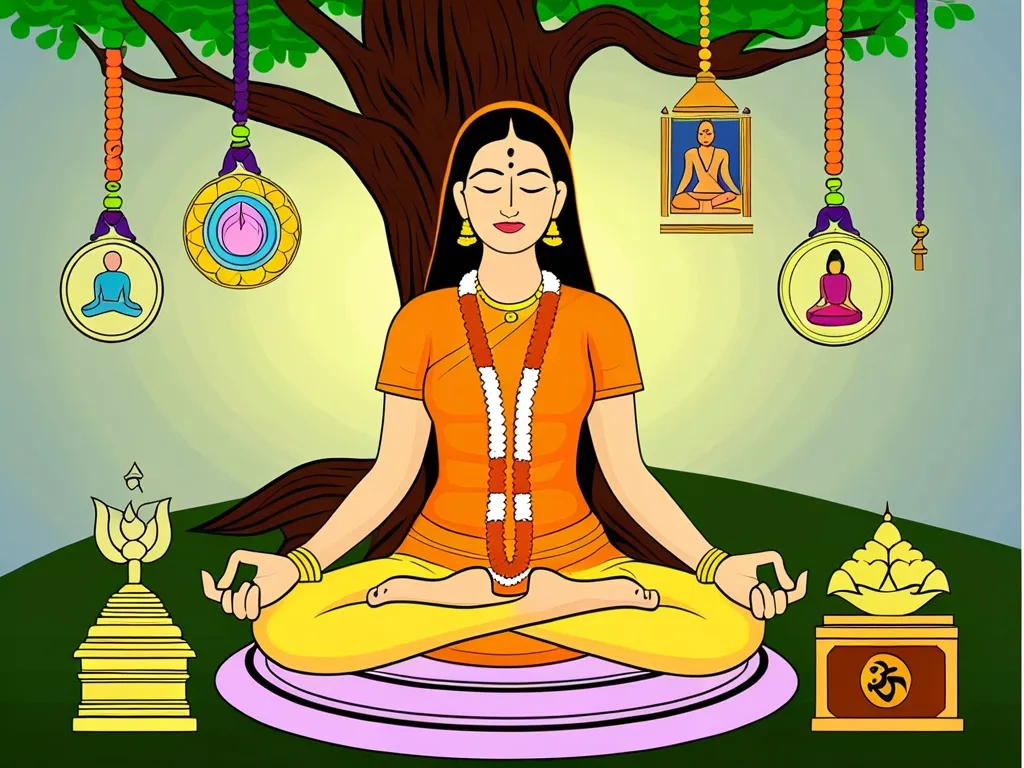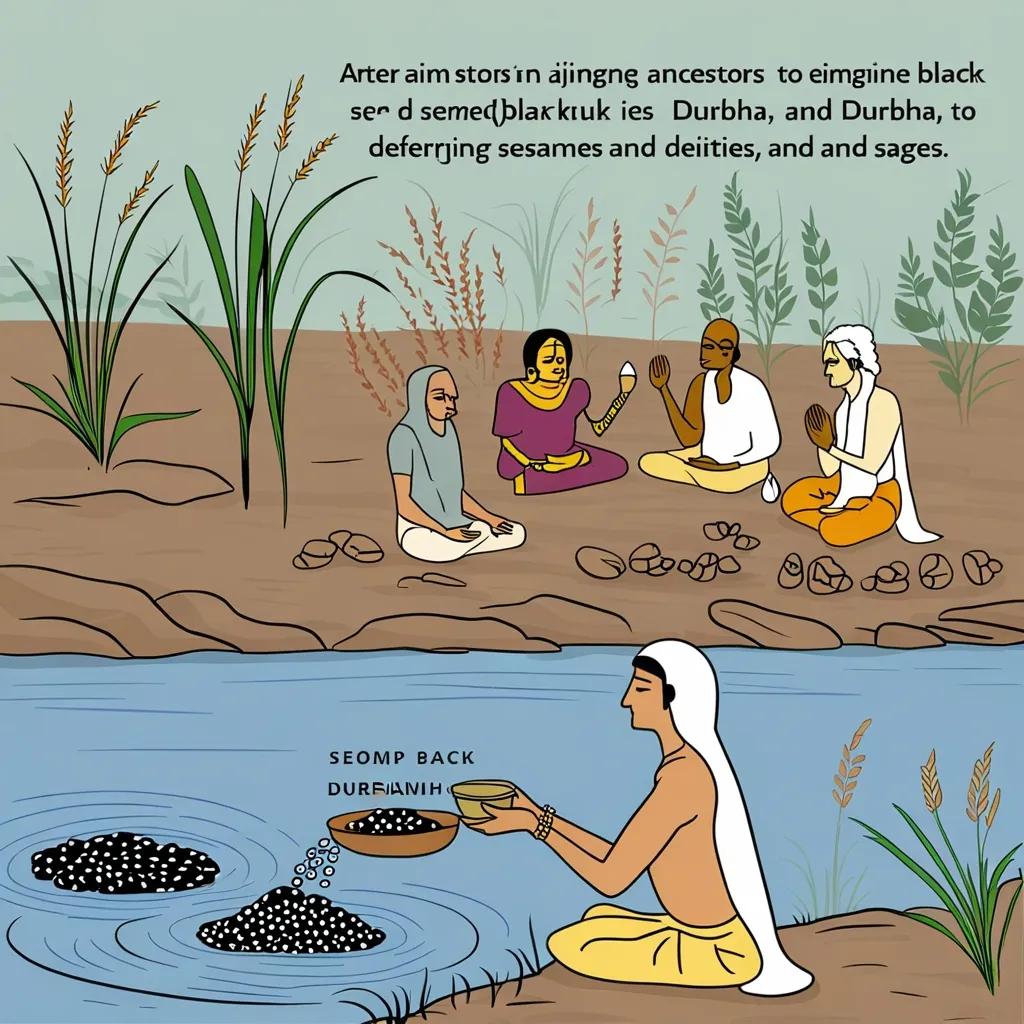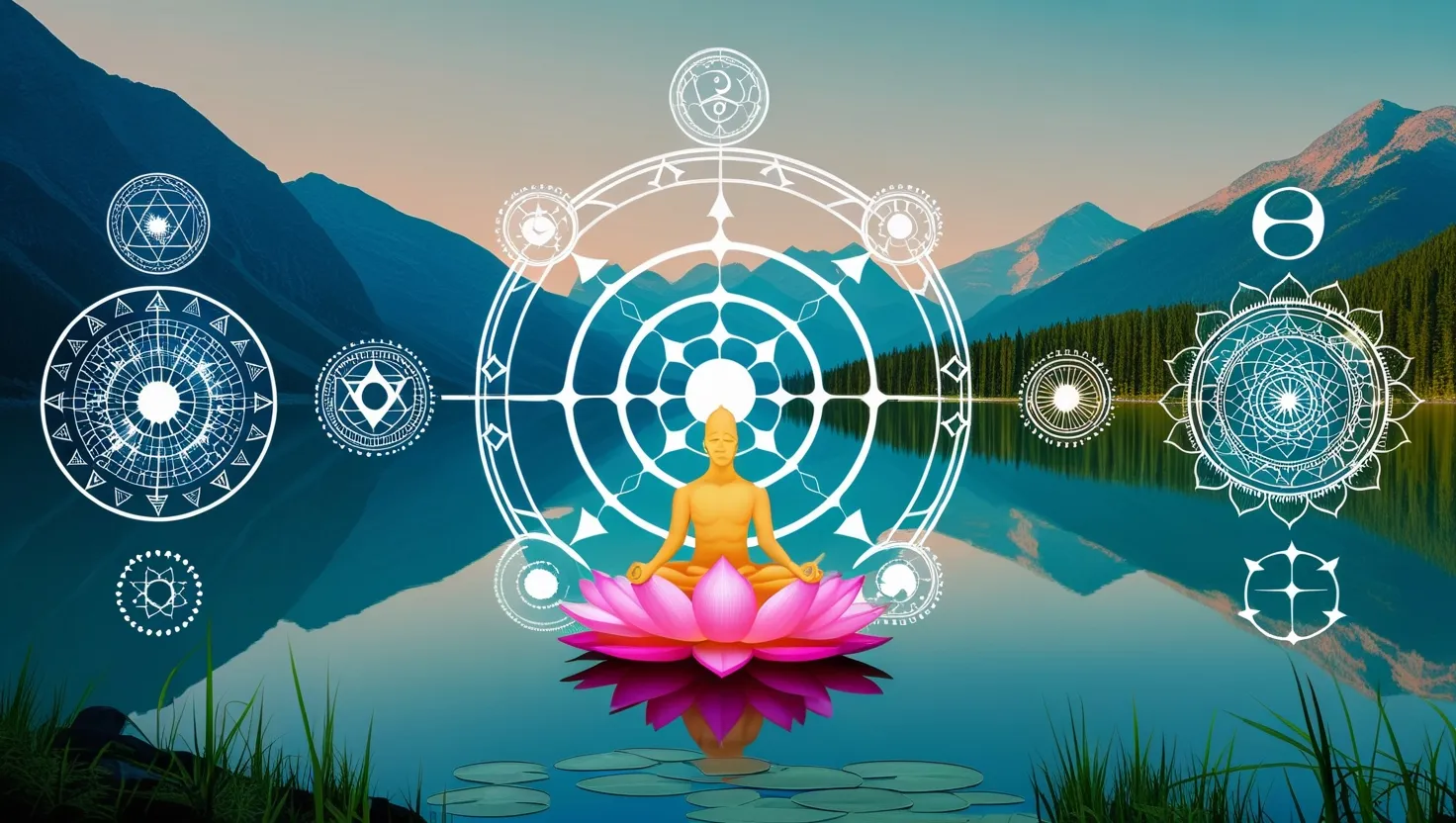In the vast and intricate tapestry of Hindu traditions, there exists a lesser-known yet profoundly significant aspect of spirituality: the Vratas. These spiritual observances, often overshadowed by grand festivals and epic tales, represent a personal and intimate facet of faith that underscores individual commitment, devotion, and self-discipline.
To delve into the world of Vratas is to explore a realm where everyday actions are transformed into pathways of spiritual growth. The term “Vrata” itself means “vow, resolve, devotion,” and it encompasses a wide range of pious observances, including fasting, pilgrimage, and specific rituals. These practices are not merely acts of faith but thoughtful engagements with the principles of dharma and personal discipline.
One of the fascinating aspects of Vratas is their integration into daily life and seasonal cycles. For instance, many Vratas are tied to specific days of the week or lunar cycles, reflecting a deep connection between personal and cosmic rhythms. Sunday, ruled by the sun god Surya, is often dedicated to seeking victory and starting new endeavors, while Monday, associated with the moon and Lord Shiva, is focused on general spiritual growth. This synchronization with celestial bodies underscores the belief that our actions are part of a larger cosmic order.
Vratas also play a crucial role in the lives of women in Hindu society. The stories of women like Savitri, who through her Vrata saved her husband from the god of death, Yama, are particularly inspiring. The Vata Savitri Vrata, observed by married women, is a poignant example. On the full moon day in the Hindu month of Jyestha, women fast for three days, worship a banyan tree, and pray for the long life and health of their husbands. This ritual not only commemorates Savitri’s story but also empowers women by linking their practices to the concept of shakti, the feminine power of creation.
The Puranas, ancient texts that form a significant part of Hindu religious lore, provide detailed accounts of various Vratas. These texts describe how Vratas should be practiced, who may observe them, and the merits they confer. For example, the Puranas outline Vratas dedicated to different deities, each with its own set of rituals and benefits. A vow dedicated to Ganesha might involve complete fasting for three weeks, while a vow to Devi might include fasting on Fridays and meditating on the goddess.
The practice of Vrata is not limited to any particular caste or gender; it is a universal and inclusive aspect of Hindu spirituality. Anyone can undertake a Vrata, regardless of their background, and the duration can vary from a single day to several years. This flexibility makes Vratas accessible and meaningful to a wide range of people. For instance, the Ekadashi Vrata, which involves fasting on the eleventh day of each lunar cycle, is observed by many for spiritual growth and self-discipline.
The benefits of Vratas are multifaceted. On a personal level, they help individuals develop self-control and willpower by committing to specific disciplines or restrictions. By resisting temptation and overcoming weaknesses, practitioners can gain greater confidence, resilience, and inner strength. Vratas also foster devotion and reverence for the divine, deepening one’s connection with God or the gods through prayers, offerings, and rituals.
In addition to their spiritual benefits, Vratas can have practical advantages. Many involve fasting or abstaining from certain foods, which can improve physical health and wellbeing. For example, fasting on specific days can help in detoxifying the body and improving mental clarity. Other Vratas focus on cleanliness or charity, enhancing one’s sense of social responsibility and compassion.
The symbolic significance of Vratas is profound. These observances often involve rituals that are rich in symbolism, such as the worship of a banyan tree in the Vata Savitri Vrata. The tree, under which Satyavan died, represents the cycle of life and death and the power of devotion. Similarly, the act of circumambulating the tree seven times clockwise symbolizes the journey through life’s challenges and the quest for spiritual growth.
Vratas also serve as a bridge between personal aspirations and community harmony. In rural areas, older women often act as teachers, guiding younger generations in the observance of Vratas. These community-based practices foster a sense of unity and shared purpose, as women come together to perform rituals and share stories. The mild forms of asceticism associated with some Vratas, such as not eating hot food or sleeping on the floor, can be seen as a form of play rather than sacrifice, making the practice enjoyable and engaging, especially for young girls.
The ancient texts, such as the Upanishads and the Smritis, provide a historical and philosophical context to the practice of Vratas. In these texts, Vratas are described as ethical and behavioral disciplines that promote compassionate action. The needy are helped, the hungry are fed, and the stranger is welcomed. These practices bring order and balance to the universe, reflecting the universal principles of dharma.
In contemporary life, Vratas continue to influence personal and community practices in subtle yet profound ways. They encourage a balance between aspirations and responsibilities, reminding us that our individual actions are part of a larger cosmic and social order. By observing Vratas, individuals can cultivate a deeper sense of purpose and meaning, transforming everyday actions into pathways of spiritual growth.
As we explore the world of Vratas, we find a rich tapestry of devotion, discipline, and personal intention. These spiritual observances are not just ancient practices but living traditions that continue to inspire and guide us. Whether it is through fasting, pilgrimage, or specific rituals, Vratas offer a unique and powerful way to deepen our spiritual journey, fostering self-discipline, devotion, and a profound connection with the divine.
In essence, Vratas are gentle pillars that support our spiritual lives, reminding us of the importance of commitment, self-discipline, and devotion. They are a testament to the enduring power of Hindu traditions, offering fresh perspectives on how age-old practices can continue to shape and enrich our contemporary lives. As we embark on this journey into the world of Vratas, we are invited to discover the transformative power of these observances, turning everyday actions into meaningful pathways of spiritual growth.






